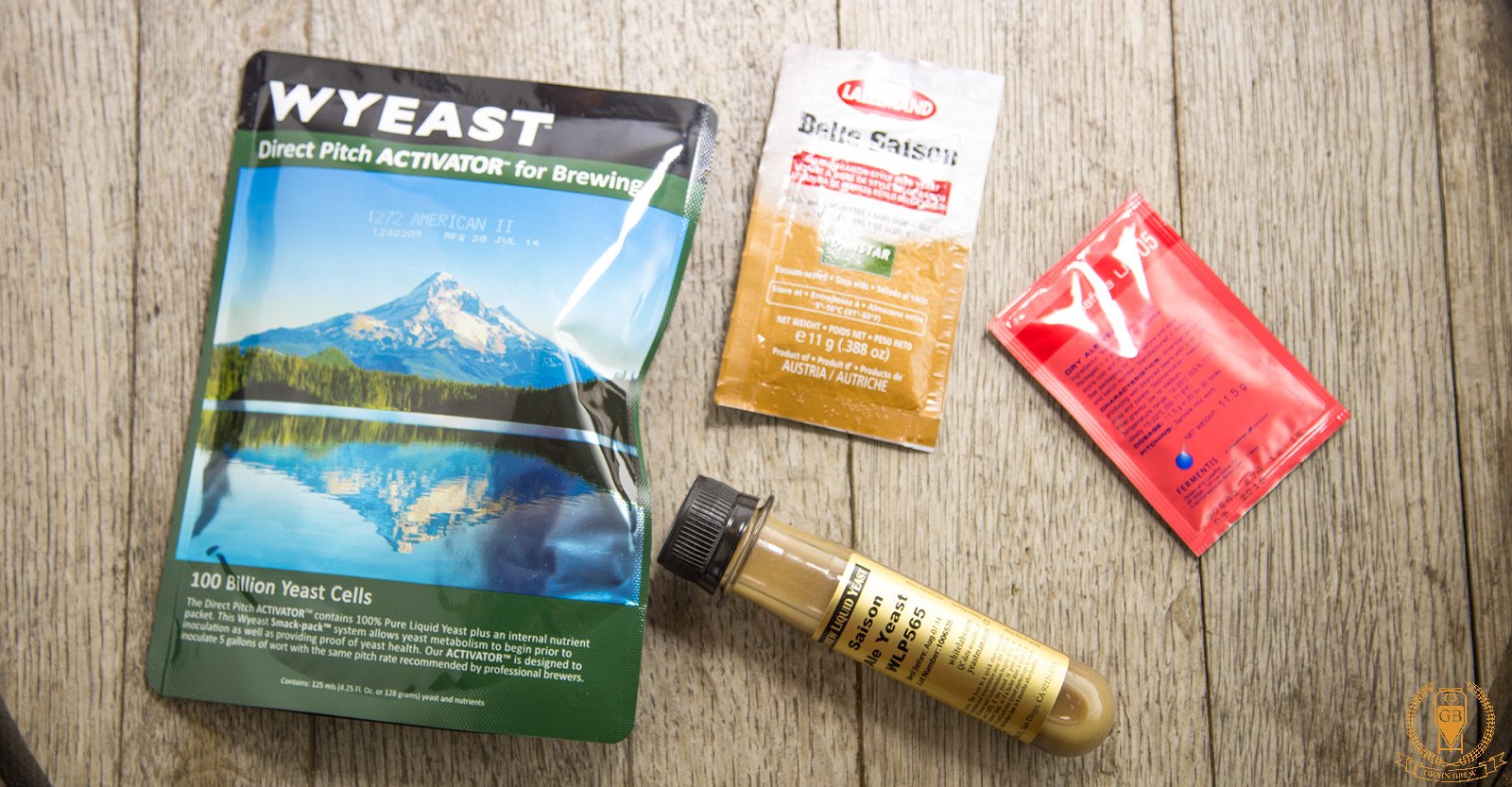
Selecting the right yeast for the job is simple, right? Just pick one with a name that echoes what you’re brewing:
American ale for pale ale, Scottish ale for wee heavy, Czech lager for Pilsner, and so on. Nothing to it!
Well, yes and no. Choosing a strain by name alone isn’t a bad way to start. After all, there’s a reason for the names,
and selecting a yeast according to its name is unlikely to steer you too far away from where you’d like to be. But it’s also
important to look at certain performance indicators to make sure your chosen strain is up to the job.
Here’s what to look for when deciding on a yeast.
Attenuation
Attenuation refers to the percentage of available wort sugars that a yeast strain actually ferments. More commonly, brewers talk
in terms of apparent attenuation, which is the attenuation calculated purely from hydrometer readings. Typical values are
Low: 72 percent and lower
Medium: 73 to 77 percent
High: 78 percent and up
The desired degree of attenuation is partly a matter of style and partly one of personal preference. Using a low-attenuation yeast for
a saison or a high-attenuation yeast for a mild ale is likely to disappoint. But I’ve discovered that I tend to prefer a drier finish in most
of my beer, so I tend to err on the side of more attenuation than less.
TAKE-AWAY: Select a yeast strain that exhibits the right level of attenuation for the beer style and for your palate.
Flocculation
Flocculation is the readiness with which yeast cells clump together and, having reached a critical mass, drop to the bottom of the fermentor.
British strains are famously flocculent: After fermentation is complete (and sometimes before!), yeast cells form a compact cake on the floor
of the fermentor that comes off in chunks. Strains that demonstrate low flocculation, such as Weizen yeasts, tend to laze about and remain in suspension well past the end of the party. In extreme cases, the beer has to be refrigerated (or, in a commercial setting, centrifuged) to separate
the yeast.
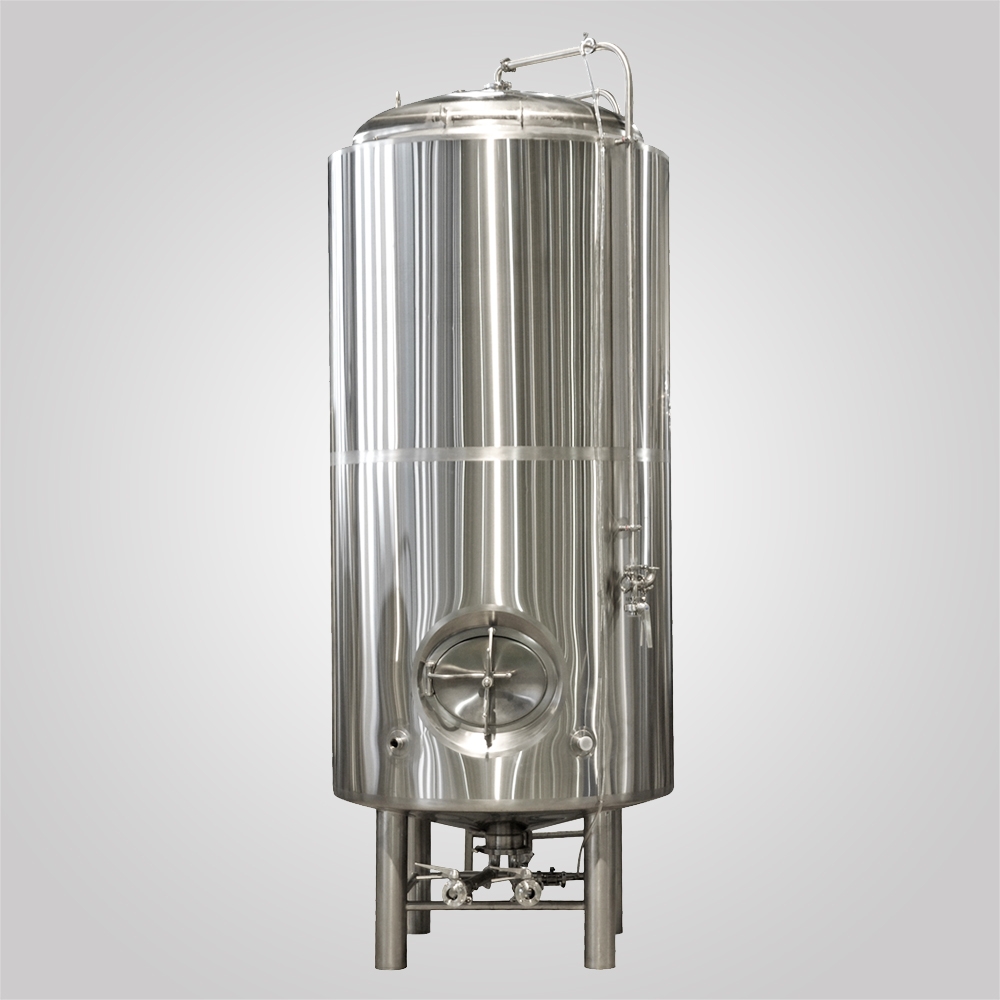
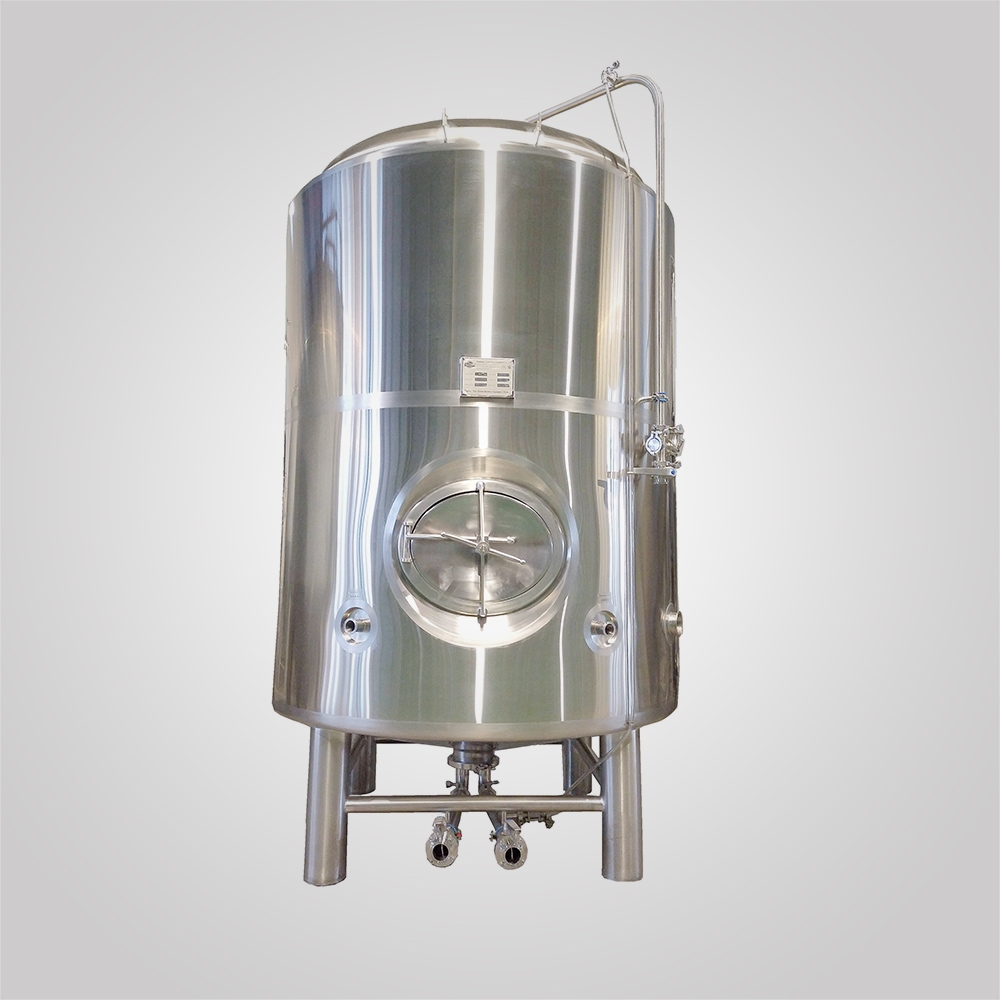
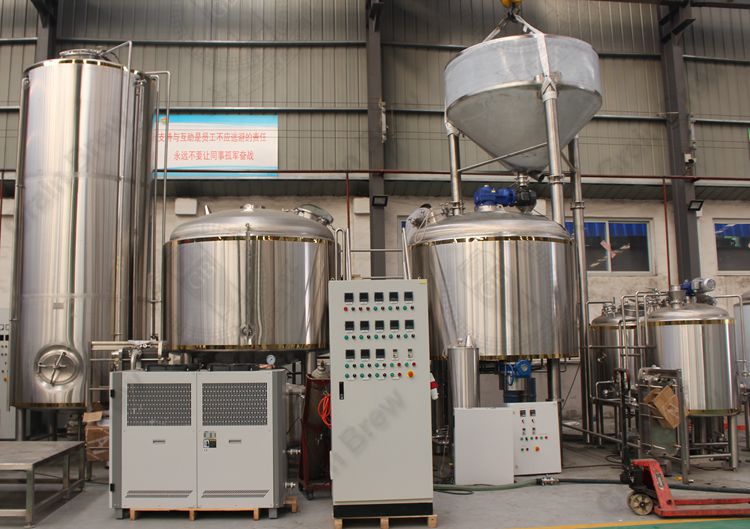
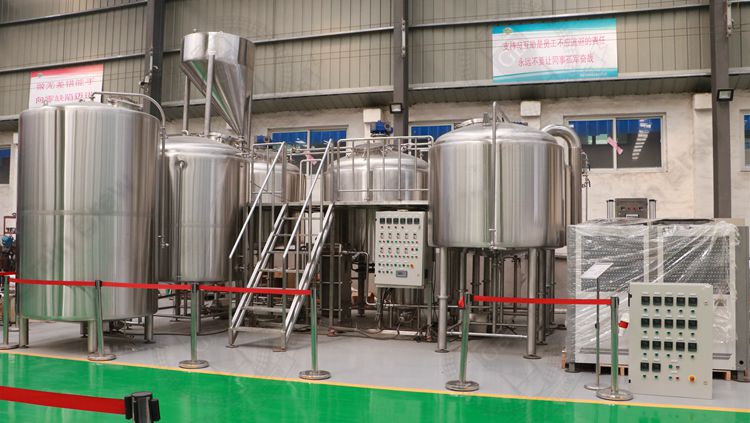



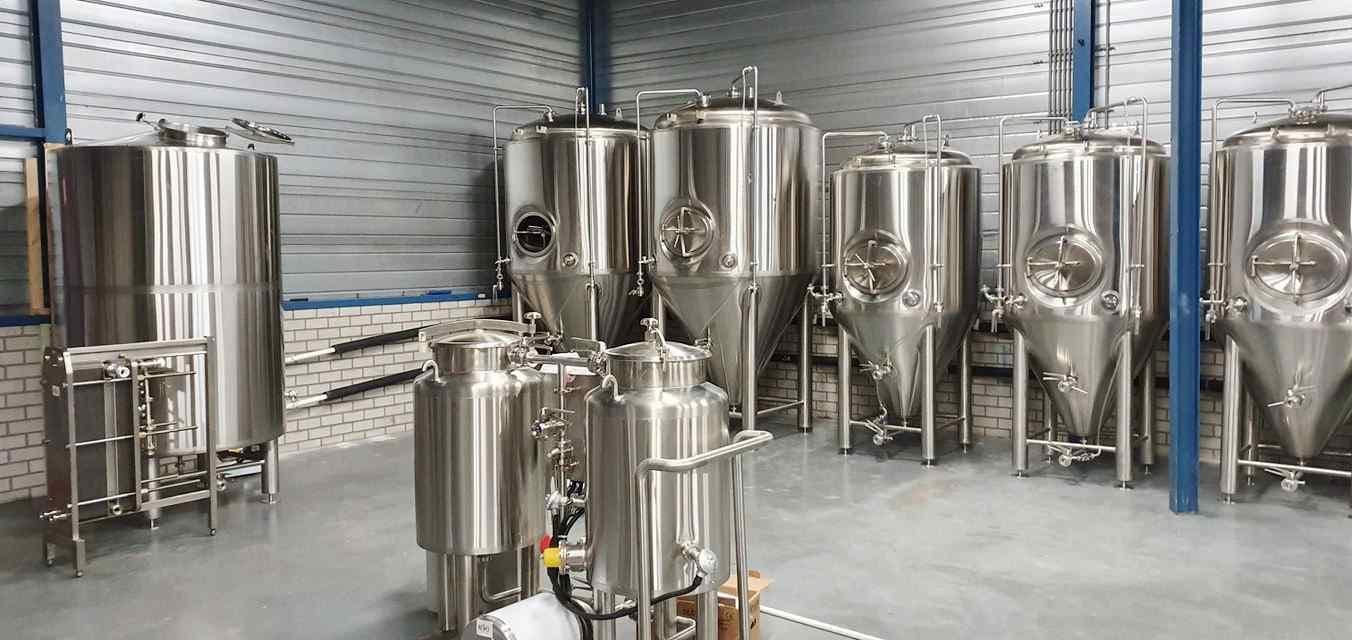
.jpg)

Leave a Comment